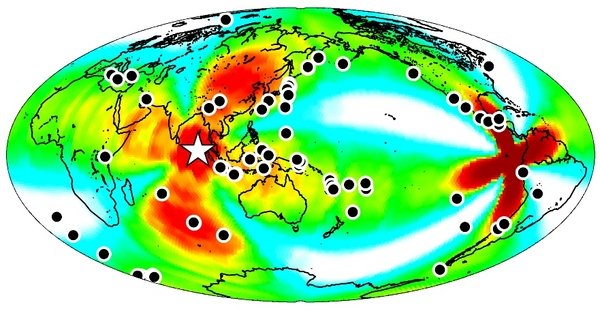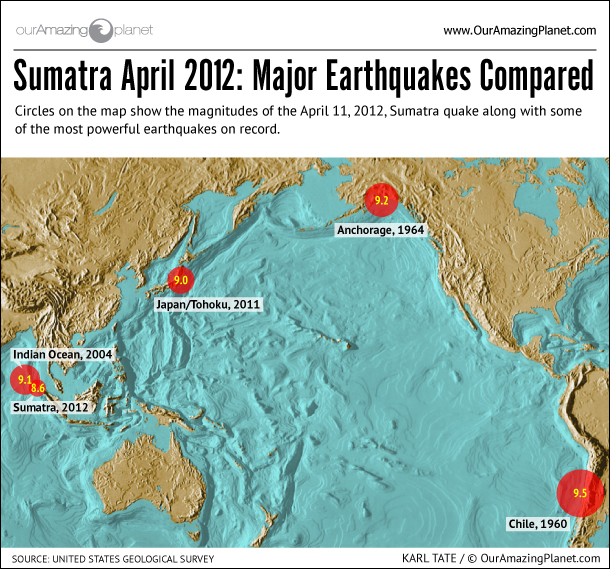
© Image via David R. Lance, USDA | Creative Commons Attribution 3.0 UnportedBrown marmorated stink bugs feed on "about anything that makes a seed or a fruit," said Ames Herbert, a Virginia Tech University entomologist.
An invading force is laying the groundwork for a coup in the United States this year, and it's going on right under our noses. The brown marmorated stink bug, an insect species from Asia that has been steadily expanding its range since it landed on the East Coast 15 years ago, will begin to sneak into the homes of unprepared Americans by the hundreds in the coming weeks, entomologists say.
And because of an unusual late-season surge in the invasive pest's numbers, scientists and crop specialists worry that the bug could make one of its strongest showings ever when it comes out of hiding in the spring.
"We've seen increases in populations over the last month or so," said Tracy Leskey, a research entomologist with the U.S. Department of Agriculture. "This is something that's different than in 2011."
Behind the invasionIn early fall, the stink bugs start to look for shelter in warm, indoor crannies, and attics are among their favorite places to set up thousands-thick overwintering settlements. A late batch of stink bug nymphs was born last October, but the majority probably perished in the field before maturing, Leskey told Life's Little Mysteries.
This year, however, two full generations have already managed to reach maturity ― likely due in part to an early spring ― so more will be ready to weather the winter and start multiplying as soon as spring arrives, according to Leskey.
In the United States, brown marmorated stink bugs are most prevalent in the Mid-Atlantic states. A recent
national survey conducted by Hometeam Pest Defense found that 59 percent of Washington, D.C., homeowners had had problems with the bugs, making the nation's capital their densest urban stronghold. But the
invasive species has now spread to 38 states, including California and Oregon, according to USDA-funded research.



Comment: Tewkesbury again?!
30 April 2012: Ferocious storm closes wettest April ever in UK